As the World Design Capital in 2012, Helsinki is exploring the new roles for design in the future, not just sounding a fanfare for past glories.
It would have been easy for the Finnish capital to rest smugly on its laurels as World Design Capital 2012. A celebration of the country’s design heritage stretching back to 19th century rustic roots could have filled the calendar, demonstrating backwoods skills that evolved into functional creation, spawning everything from Aalto chairs and vases to Fiskars scissors and Marimekko shoulder bags.
All these timeless day-to-day items are as conspicuous as ever, of course, but the organisers of this prestigious year-long event have made the future a priority over Finland’s illustrious design history. Innovation and forward-thinking, combined with a challenge to the traditional perceptions of design, form the platform for the WDC programme.
Sitra’s own involvement follows this formula, too. Following on from work pursued in the Strategic Design department under director Marco Steinberg, Sitra has taken the opportunity to press home the case for design as a tool for solving broad and complex challenges – not only for creating useful and attractive objects.
Strategic Design, says Steinberg, anticipates challenges, too, as well as responding to those that already exist. It recognises that modern society relies on the interdependent efficiency of functions and services, from transport to health care, from town planning to sustainable energy. With this in mind, the WDC rota includes a Design Exchange programme whereby a designer can be involved as a full-time employee in a public sector project from conception to inception.
Sitra’s supporting role
The project has got under way with a pilot in the city of Lahti, 100 kilometres north of Helsinki and a partner in WDC along with Helsinki’s direct neighbours of Espoo and Vantaa. Designer Sara Ikävalko was recruited to work on the redesign of a railway station area in the city. Sitra is acting as a facilitator in this and other pilot projects, sharing results and information and monitoring the experiences of the different parties. The focus of the first pilot is on encouraging citizens to participate in the area’s redevelopment with the aim of restricting carbon emissions and establishing better connections with the rest of the city.
“Lahti residents have received the project very warmly so far,” writes Sara Ikävalko in one of her early project blogs. “No one has declined to participate in the sessions I’ve been holding, so there is interest! I feel that my energetic approach to city residents has also affected their attitude and outlook on their roles.
“But it’s not all easy,” she continues. “User-centered design principles are sometimes perceived as expensive and laborious, or in some way a fashionable activity that will disappear again in the future. Some design professionals, decision-makers in the city, and municipal employees have well-established practices when it comes to urban planning. To merge this with user-centered design is no small task.”
Challenging perceptions
Back in the capital, the WDC programme draws in other aspects of Finnish innovation. The Cable Factory arts complex in the Ruoholahti suburb is hosting a Hi Design exhibition until September 2, showing how major Finnish technological companies, including Nokia and KONE, embrace design right from the start of product planning. Among the examples on show is a prototype of the new tram designed for Helsinki’s transport system. Juha Forsblom, Project Manager at Helsinki-based Pentagon Design and coordinator of Hi Design, has talked of wanting to turn the perceptions of design upside down as a result of this exhibition, pointing out the economic contribution of design in high-tech innovations.
Elsewhere, the Design Helps Living Room, until July 29, at Eteläesplanadi 20 presents ten ingenious cases of how design can be used as a tool for creating well-being and sustainable development. Visitors can proceed from this venue in a matter of minutes to the specially-built World Design Capital Pavilion behind the Design Museum in Korkeavuorenkatu.
Text by Tim Bird
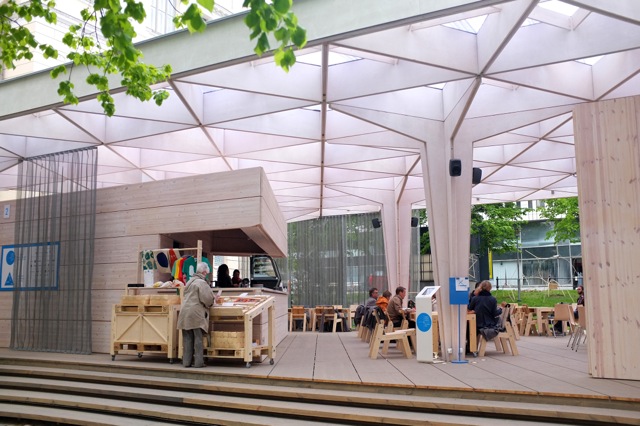
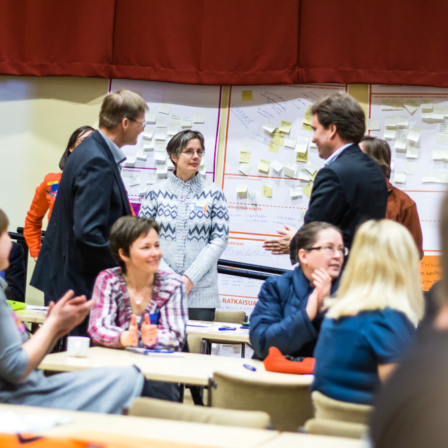
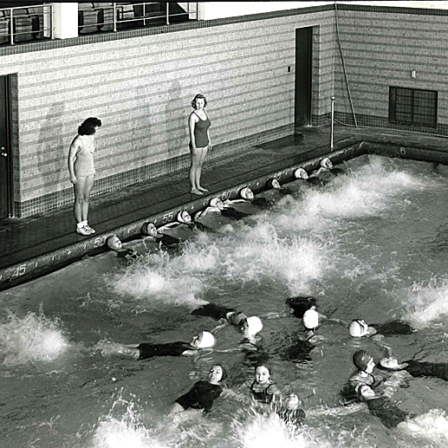
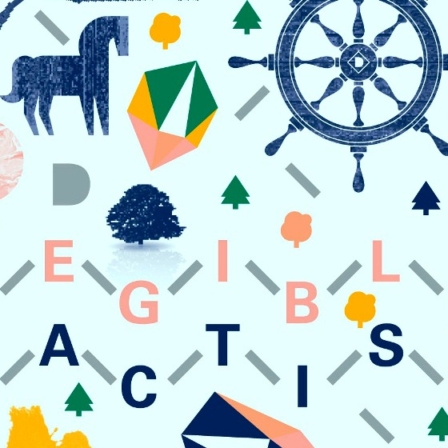
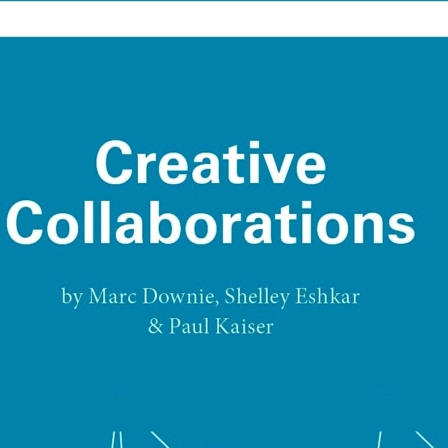
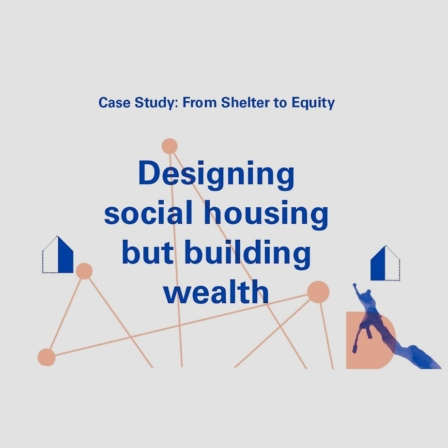

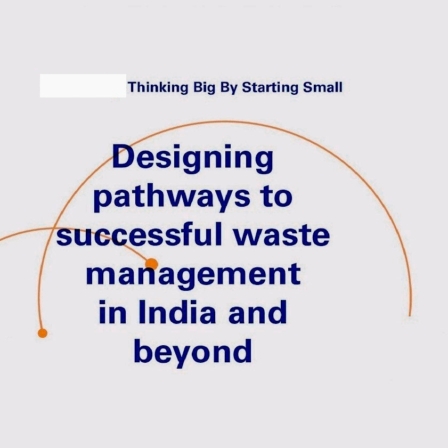


Recommended
Have some more.